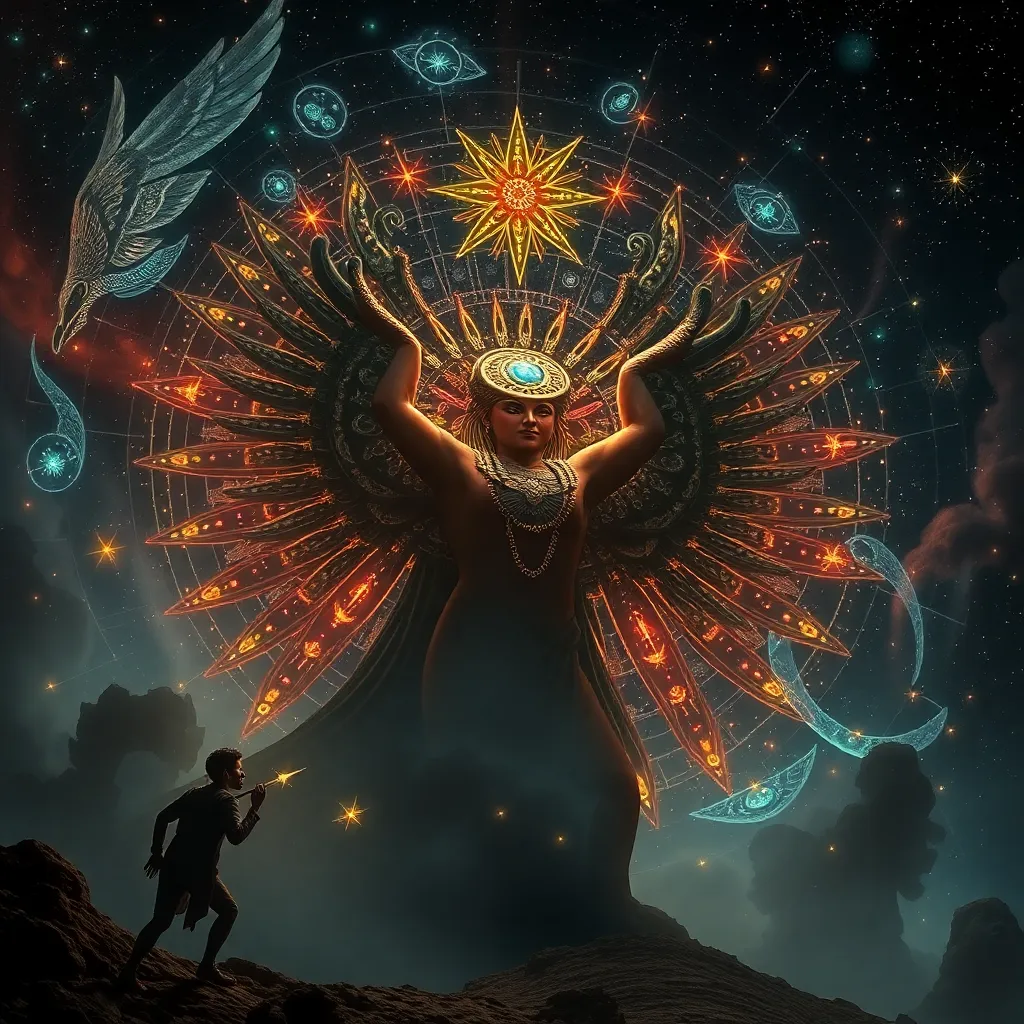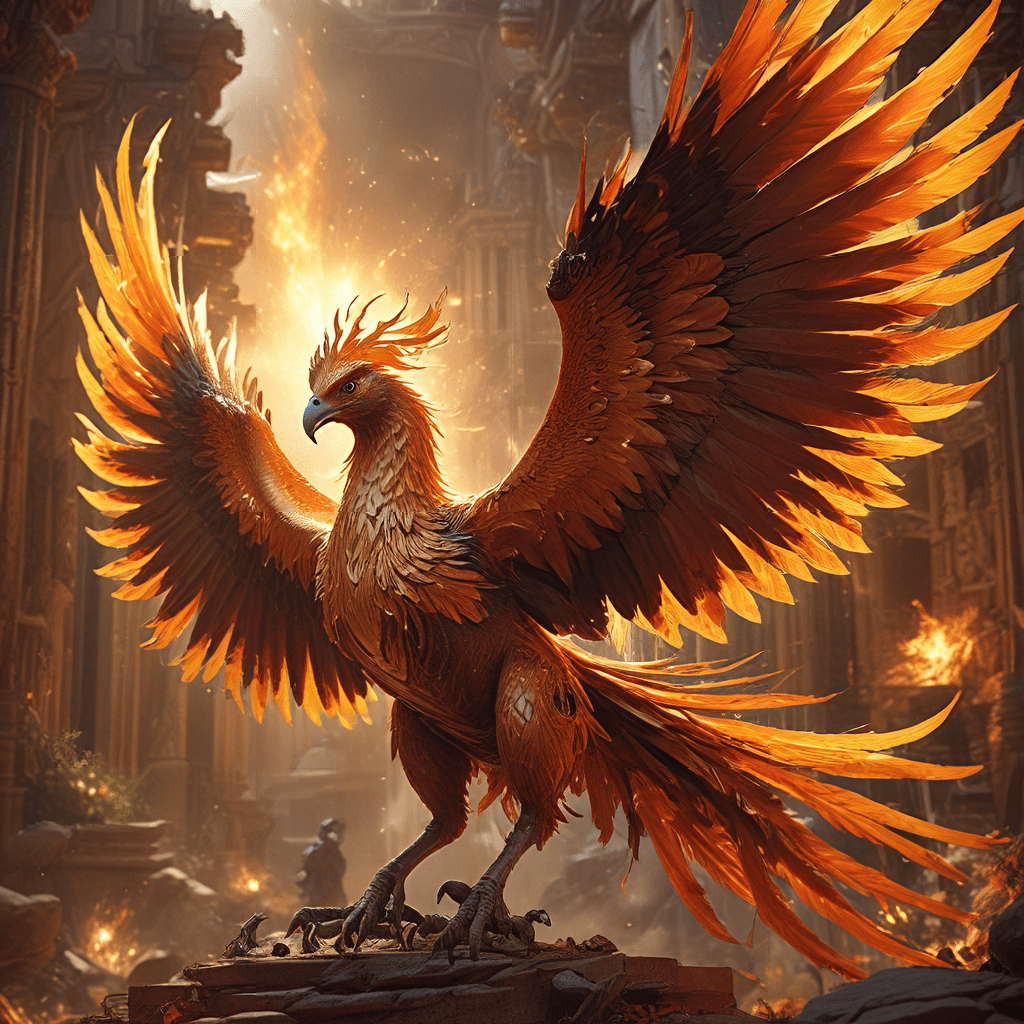The Maya and the Stars: Itzamná’s Role in Celestial Observations
I. Introduction
The Maya civilization, known for its remarkable achievements in architecture, mathematics, and astronomy, had a profound reverence for the cosmos. They observed celestial bodies meticulously, believing that the movements of the stars and planets held significant meaning for their daily lives and spiritual practices.
Central to their understanding of the cosmos was Itzamná, a principal deity in Maya mythology. Itzamná was associated with creation, wisdom, and the celestial realm, making him a pivotal figure in the Maya’s astronomical observations.
This article aims to explore Itzamná’s influence on Maya astronomy and culture, examining his role in celestial observations and the broader implications for Maya society.
II. The Significance of Astronomy in Maya Society
Astronomy was deeply woven into the fabric of Maya society, affecting various aspects of life:
- Agricultural Practices: The Maya relied on celestial observations to determine the optimal times for planting and harvesting crops. The cycles of the moon and the positions of the stars were essential for agricultural planning.
- Religious Ceremonies: Important astronomical events, such as solstices and eclipses, were integral to religious ceremonies. The Maya believed that these events were messages from the gods and required appropriate rituals to appease them.
- Social Structure: The priests, who were often the astronomers, held significant power in Maya society due to their knowledge of celestial events. This led to a clear connection between astronomy and the governance of society.
III. Itzamná: The Supreme Deity of the Maya
Itzamná was a multifaceted deity, embodying various aspects of life and the cosmos:
- Role in Mythology: As a creator god, Itzamná was credited with forming the world and giving life. He was often depicted as an old man with a kind demeanor, symbolizing wisdom and knowledge.
- Attributes and Symbolism: Itzamná was associated with various symbols, including the sky, the sun, and the moon. His attributes often included the serpent and the owl, representing duality and the connection between life and death.
- Connection to the Cosmos: Itzamná was believed to govern the celestial realm. Many Mayan myths describe his journeys through the heavens, highlighting his importance in celestial navigation and observation.
IV. Celestial Bodies in Maya Cosmology
The Maya placed immense significance on celestial bodies:
- The Sun: The sun was vital for agriculture and was often personified in myths. Itzamná was closely associated with the sun, embodying its life-giving properties.
- The Moon: The moon had its own significance, particularly in marking the passage of time and influencing tides. It was also associated with female deities, complementing Itzamná’s male attributes.
- The Stars: Stars were viewed as guides for navigation and timekeeping. Certain constellations held spiritual meaning, and Itzamná was believed to connect the Maya with these celestial beings.
Itzamná’s duality represented both creation and destruction, emphasizing the balance of nature and the universe.
V. Itzamná and the Maya Calendar Systems
The Maya developed complex calendar systems that reflected their astronomical observations:
- Tzolk’in: A 260-day calendar that combined 20 day names with 13 numbers, used mainly for rituals and ceremonies.
- Haab’: A 365-day solar calendar that consisted of 18 months of 20 days each, plus a short month of 5 days.
- Long Count: A calendar used to track longer periods of time, significant for historical events.
Itzamná played a crucial role in the calculation and significance of celestial events, guiding the Maya in their understanding of time and their rituals. Festivals were meticulously aligned with astronomical occurrences, showcasing the deep integration of celestial knowledge into Maya culture.
VI. Archaeological Evidence of Maya Astronomical Practices
Archaeological sites provide insight into the Maya’s astronomical practices:
- Chichen Itza: Known for its observatory, El Caracol, which was used to track celestial events.
- Uxmal: Features structures that align with celestial events, demonstrating the importance of astronomy in urban planning.
- Artifacts and Inscriptions: Many artifacts depict Itzamná alongside celestial symbols and events, indicating his role in these observations.
Structures like observatories were designed to align with the movements of celestial bodies, showcasing the Maya’s advanced understanding of astronomy.
VII. The Legacy of Itzamná in Modern Maya Culture
The influence of Itzamná and Maya astronomy persists in contemporary culture:
- Celestial Observations: Modern Maya communities continue to observe celestial events, blending ancient practices with contemporary life.
- Modern Interpretations: Scholars and descendants of the Maya explore Itzamná’s influence on current understandings of astronomy, highlighting the continuity of knowledge.
- Cultural Practices: Ancient beliefs are integrated into current rituals and celebrations, maintaining a connection to their ancestors and the cosmos.
VIII. Conclusion
Itzamná’s role in Maya celestial observations illustrates the deep connection between mythology, astronomy, and daily life in Maya society. Understanding these ancient practices provides valuable insights into how the Maya viewed their world and the cosmos.
As we explore the intersection of mythology and science, we gain a richer appreciation for the complexities of ancient cultures and their lasting legacies.



